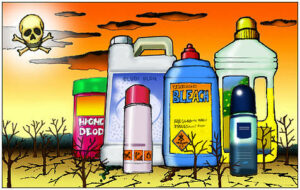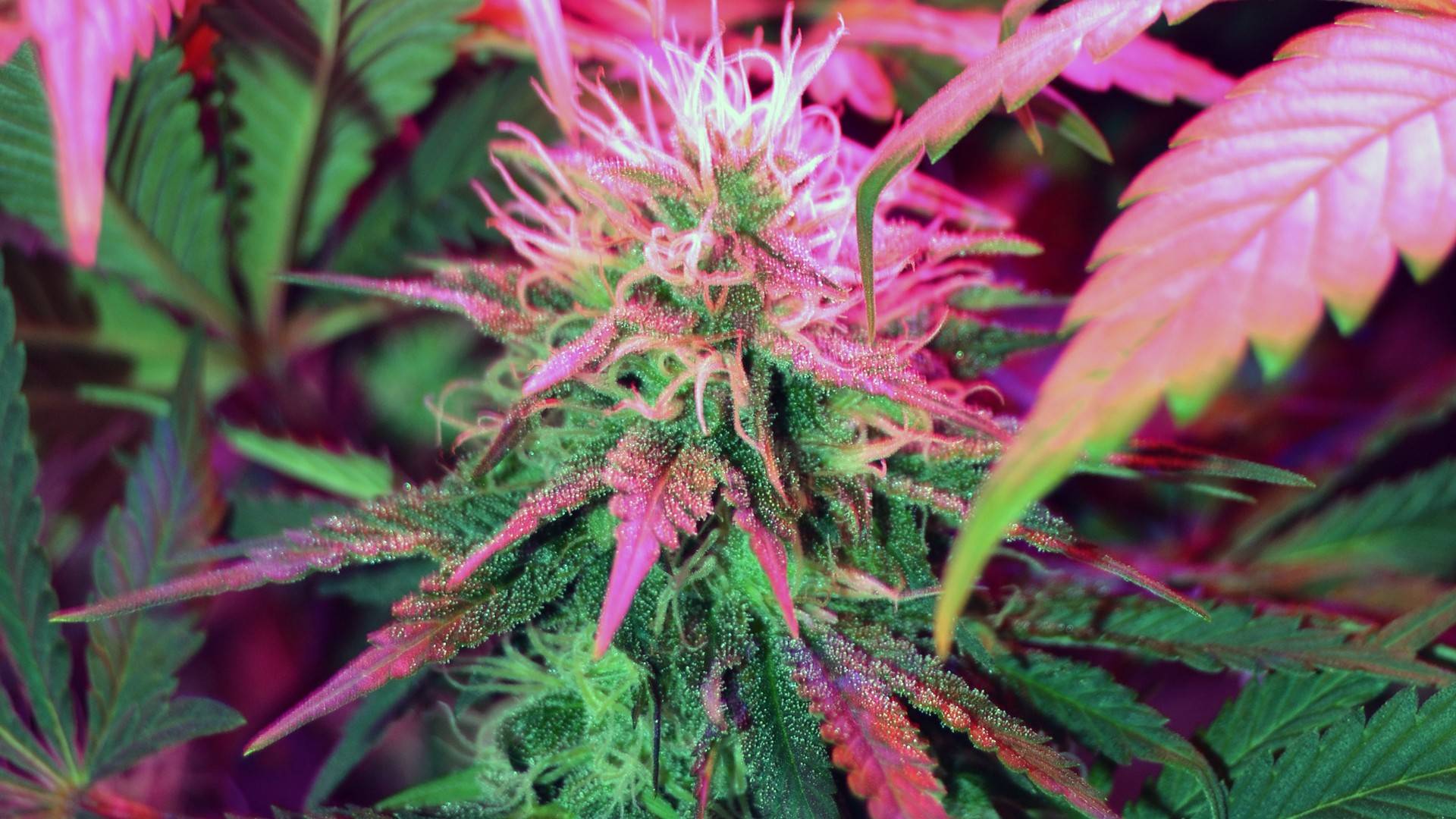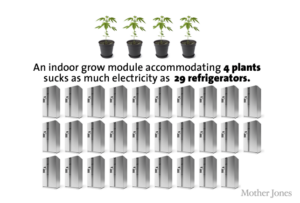
More than one recent scientific study has found that chemicals used in the illegal cultivation of marijuana are having harmful consequences on animals in the surrounding areas (see links to these studies below). Many people growing marijuana use pesticides to protect their crops from harmful insects and other pests, as well as fertilizers and other chemicals, thereby increasing their crop yields. These harsh chemicals, however, are not only hazardous to insects but to humans and the environment as well. In addition, these growers are not only using these chemicals without proper authorization, they often use chemicals that are not approved for use in the United States.
Many of these pesticides and fertilizers can leak into soil and water supplies, and many pesticides leave traces of chemicals in plant products. In the case of marijuana, people can breathe in as much as 70 percent of these remaining chemicals when smoking plants grown with pesticides. Using these chemicals can also create toxic runoff (runoff is the flow of water over land, usually because the soil cannot absorb it quickly enough). These streams carry the polluted water to other areas, killing off insect life in those places in addition to those near the marijuana crops and throwing off ecosystems. Other animals (and people) using these streams and rivers for water are also harmed by the chemicals that end up in them.
Another issue to keep in mind is that toxins pass up a food chain. Most of the forest animals whose deaths scientists have connected to marijuana grows were not poisoned directly, rather they were affected by eating animals that had been. These toxins pass on to each animal that consumes another that has been exposed. This has the potential to eventually cause these chemicals to enter the human population, most likely via hunters eating whatever game they have killed.
For further reading:
http://www.iercecology.org/publications-and-reports/toxicants-wildlife/
http://lcb.wa.gov/publications/Marijuana/SEPA/BOTEC_Whitepaper_Final.pdf
Photo: https://mybigfatgreenblog.wordpress.com/2012/01/28/are-you-still-using-toxic-chemicals-in-your-home/



